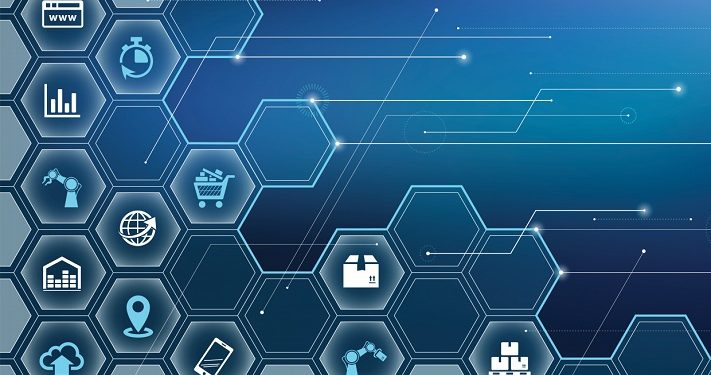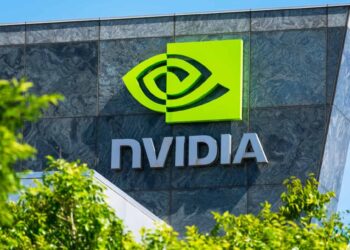Gartner experts have identified the top 8 strategic supply chain technology trends that have great potential for the positive impact on people, performance, and businesses. Some are now approaching critical tipping points in ability and maturity. Here below are the top 8 supply chain technology trends in 2020.
1. Hyperautomation
Hyperautomation is a framework to mix and match a vast array of technologies in the best feasible way – such as historic legacy platforms with recently deployed tools and planned investments. The term means different things for different companies, so supply chain leaders must first find their individual definition. If implemented correctly, hyperautomation can help broader integration across the domains and act as an integrator for disparate and siloed purposes.
2. Digital Supply Chain Twin
A Digital Supply Chain Twin (DSCT) is a digital illustration of the physical supply chain. It is derived from all relevant data all over the supply chain and its working conditions. That makes the DSCT the basis for all local and end-to-end decision making.
3. Continuous Intelligence
Continuous intelligence (CI) is one of the most significant opportunities for supply chain leaders to expedite their companies’ digital transformation. It leverages a computer’s ability to process data at a much faster pace than people can.
Supply chain leaders – or other systems can look at the processed data in near real-time, understand the events, and take action accordingly.
4. Supply Chain Governance and Security
This is a more crucial macro trend, as global risk events are on the rise, and cybersecurity breaches affect businesses on both the digital and physical level.
5. Edge Computing and Analytics
The rise of edge computing – where data is processed and analyzed close to its collection point – coincides with the proliferation of the Internet of Things (IoT) devices. It’s the technology you need when there is a demand for low-latency processing and real-time, automated decision making.
Edge computing is currently moving its way into the manufacturing industry. For example, some companies have adopted driverless forklifts for their warehouses. Heavy equipment dealers can use edge computing to understand when a part needs maintenance or replacement.
6. Artificial Intelligence (AI)
AI in the supply chain consists of a toolbox of technology options that help businesses understand complex content, engage in a natural dialogue with people, enhance human performance, and take over routine tasks.
7. 5G Networks
Compared to its predecessors, 5G is a big step toward data speed and processing abilities. The ubiquitous nature of 5G increases its potential for supply chains. For example, running a 5G network in a factory can minimize latency and enhance real-time visibility and IoT capabilities.
8. Immersive Experience
Immersive experience technology, such as virtual, augmented, and mixed reality can radically influence the trajectory of supply chain management. Those new interaction models amplify human capabilities.
“The vast majority of organizations have a cautious approach to adopting supply chain applications and technologies, Only 21% are willing to consider, and often adopt, early-stage technologies. However, even cautious supply chain leaders must keep an open mind and embrace long-term perpetual change.”
said Christian Titze, vice president analyst with the Gartner Supply Chain Practice.
Source: Gartner























